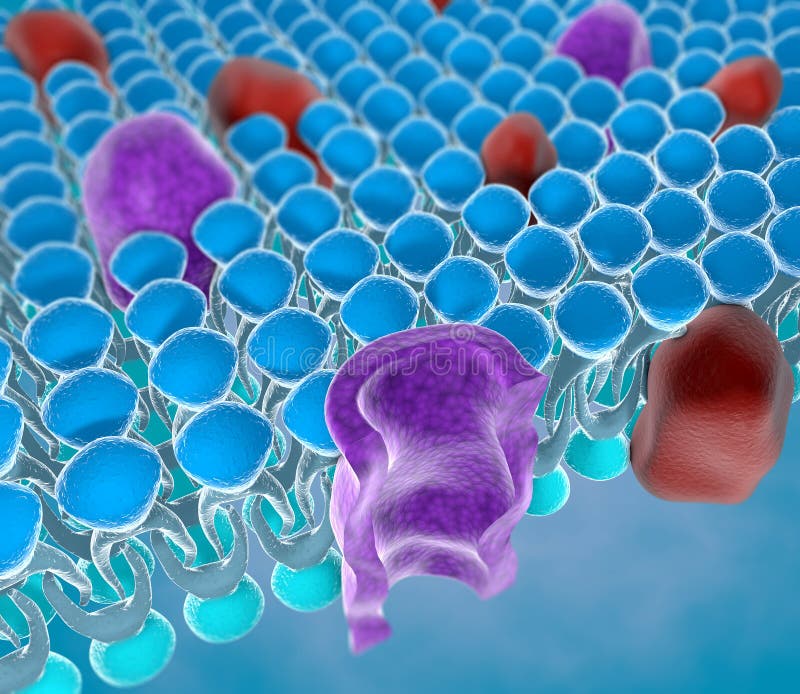

Viruses have RNA as their genetic material. Most organisms are made of DNA, but a few Two different kinds of genetic material exist: deoxyribonucleicĪcid (DNA) and ribonucleic acid (RNA). The function of the cytoplasm, and the organelles which reside in it, are TheĬytoplasm also contains many salts and is an excellent conductor ofĮlectricity, creating the perfect environment for the mechanics of the cell. The nucleus often flows with the cytoplasm changing its shape as it moves. Nutrients, helps break down waste products, and moves material around the cell. In eukaryotes, the cytosol is the "soup" within which all of the cell's organelles
#Plasma membrane pro or eu free
In prokaryotes, this space is relatively free ofĬompartments. The cytoplasm, sometimes called the cytosol. Inside the cell there is a large fluid-filled space called Structure by directing, bundling, and aligning filaments. Number of proteins associated with the cytoskeleton, each controlling a cell’s Moves parts of the cell in processes of growth and motility. Maintain the cell's shape anchors organelles in place helps during endocytosis (the uptake of external materials by a cell) and A form of plasma membrane is alsoįound in prokaryotes, but in this organism it is usually referred to as the cellĪn important, complex, and dynamic cell component.

Membrane are a variety of other molecules that act as channels and pumps, movingĭifferent molecules into and out of the cell. This membrane serves to separateĪnd protect a cell from its surrounding environment and is made mostly from aĭouble layer of proteins and lipids, fat-like molecules. The outer lining of a eukaryotic cell is called the plasma The Plasma Membrane-A Cell's Protective Coat Important among these is the presence of a nucleus, a membrane-delineated compartment that houses the Specialized structures called organelles that are dedicated to performing certain specific functions. Prokaryotes and eukaryotes is that eukaryotic cells contain membrane-boundedĬompartments in which specific metabolic activities take place, and have small The major and extremely significant difference between Most of the functions of organelles, suchĪs mitochondria and the Golgi apparatus, are taken over by the prokaryoticĪbout 10 times the size of a prokaryote and can be as much as 1000 times Prokaryotes are capable of inhabiting almost every place on theĮarth, from the deep ocean, to the edges of hot springs, to just about everyĪlso lack any of the intracellular organelles and structures that areĬharacteristic of eukaryotic cells. There are two general categories of cells: prokaryotes and eukaryotes. It is important to know what organism the cell comes from. Is that each cell stores its own set of instructions for carrying out each of Other organisms, such as humans, are multicellular, or have many cells-an estimated 100,000,000,000,000Ĭells! Each cell can take in nutrients, convert these nutrients into energy,Ĭarry out specialized functions, and reproduce as necessary. Some organisms, such asĬonsisting of a single cell. Structural and functional unit of all living organisms.


 0 kommentar(er)
0 kommentar(er)
